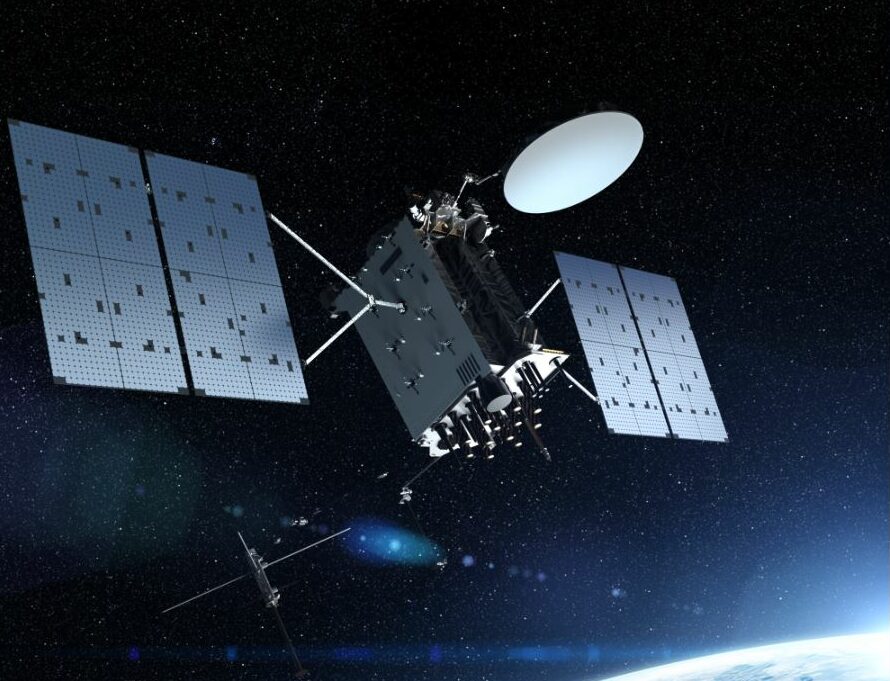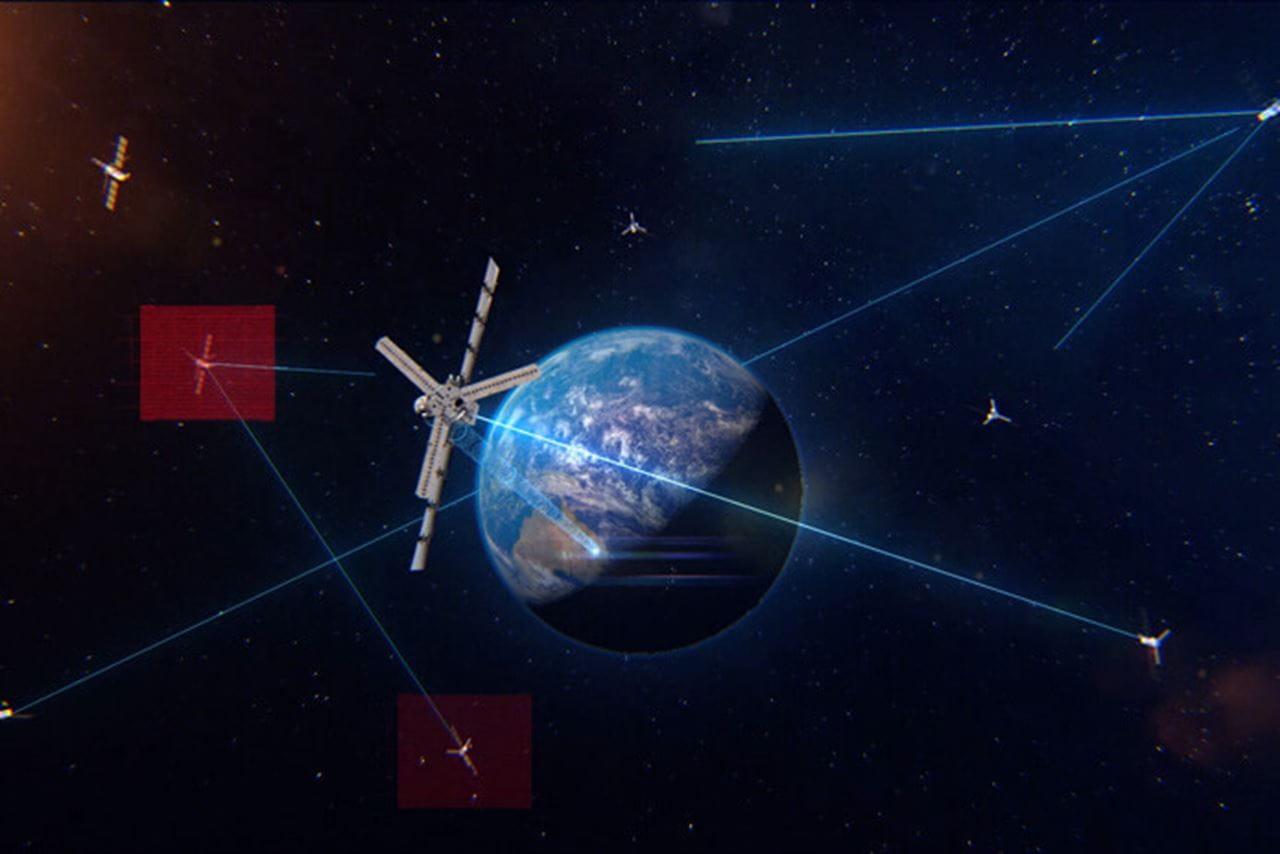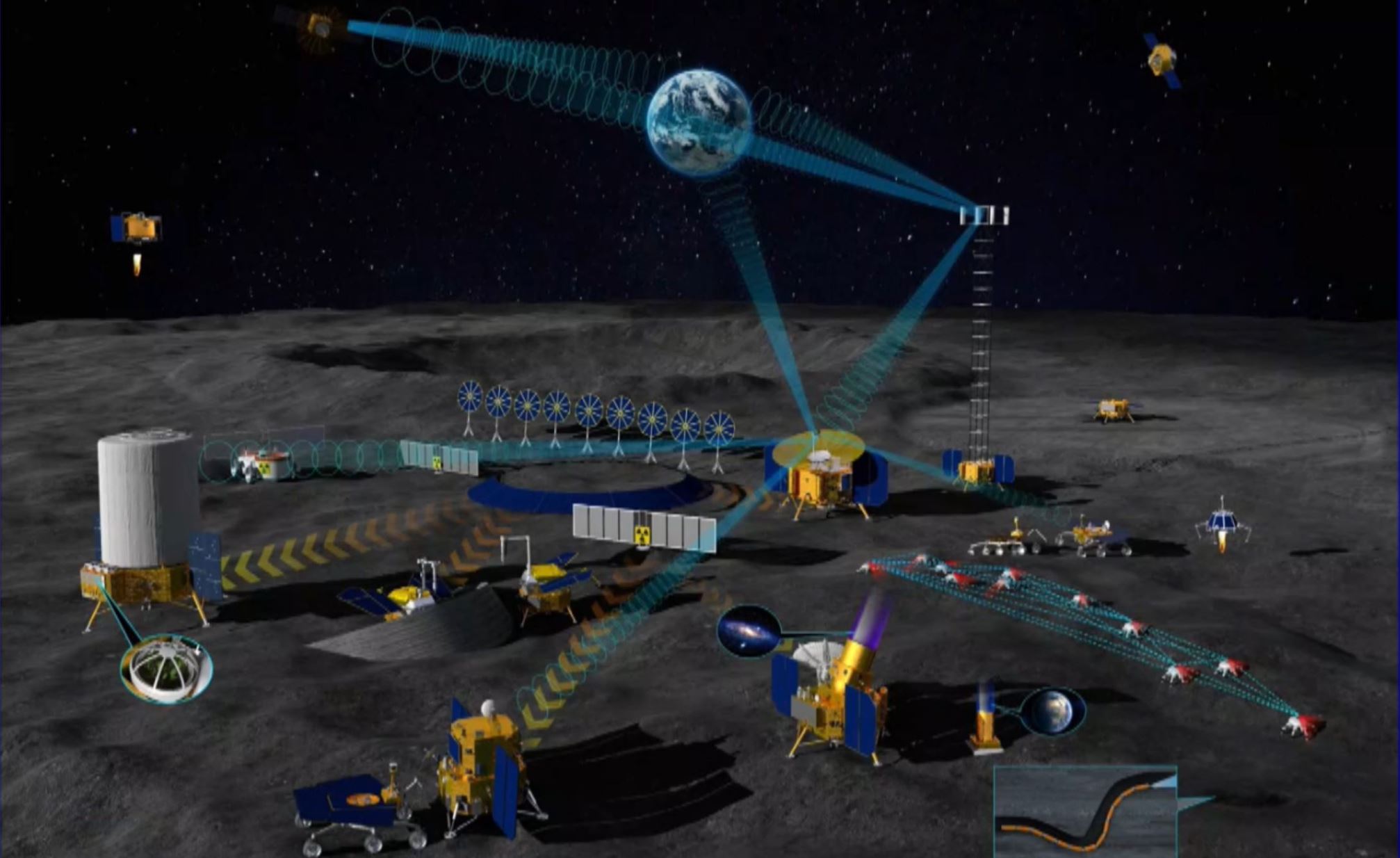Space Force delivers final payload for Space Norway’s arctic broadband mission
Original Publication Date: 2022-11-29 01:07

The Arctic Satellite Broadband Mission is scheduled to launch in 2023. The first Enhanced Polar System Recapitalization (EPS-R) payload was delivered in June. The project has been hailed by U.S. Defense officials as an example of international cooperation on space programs.
Space Force orders three GPS satellites for $744 million
Original Publication Date: 2022-11-29 00:00

The U.S. Space Force has ordered three GPS 3F satellites from Lockheed Martin for $744 million. The Space Force exercised the fourth contract option awarded to Lockheed Martin under a 2018 agreement. GPS 3F is the newest version of the U.S. Satellites that provide global positioning.
Demonstration of new layer of missile-warning satellites planned for 2026
Original Publication Date: 2022-11-28 23:41

Two satellite designs by Millennium Space Systems and Raytheon Intelligence & Space pass critical reviews. Both companies designed medium Earth orbit (MEO) sensor satellites to detect and track hypersonic missiles. MEO satellites would add a new layer to the Pentagon’s missile-defense architecture. Pentagon requested $139 million for MEO missile-warning satellites in 2023 budget.
China outlines pathway for lunar and deep space exploration
Original Publication Date: 2022-11-28 10:52

China has laid out its pathway for robotic and crewed lunar and deep space exploration. Three upcoming robotic missions will set in place landers, orbiters, relay satellites and test key technologies. China is now planning a short-term crewed lunar landing mission before the end of the decade.
Three Chinese astronauts ready for flight to Tiangong space station – Spaceflight Now
Original Publication Date: 2022-11-28 00:00

Three Chinese astronauts will strap into a Shenzhou spacecraft and rocket into orbit Tuesday. Veteran commander Fei Junlong will be joined by rookie astronauts Deng Qingming and Zhang Lu. Freezing temperatures are forecast for the launch, which is scheduled for 11:08 p.m. Beijing time. None of China’s astronaut missions have launched so late in the year.
NASASpaceFlight.com
India launches a new ocean monitoring satellite on Saturday morning. The PSLV rocket delivered the EOS-06 spacecraft into a low Earth orbit. The mission, PSLV C54, lifted off from the Satish Dhawan Space Centre at 11:56 local time (06:26 UTC)
Commercial Archives
SpaceX’s newest Cargo Dragon 2 spacecraft, C211, has launched atop a Falcon 9 rocket at 2:20:43 PM EST (19:20:43 UTC) on Saturday. Following an on-time liftoff, Cargo Dragon rendezvoused and docked with the forward port on the Harmony module of the International Space Station (ISS) on Sunday, Nov. 27.
International Archives
A Soyuz-2.1b launched from Site 43/3 at the Plesetsk Cosmodrome on Nov. 28. The mission carried the final GLONASS-M satellite to orbit, designated Kosmos-2564. This is the first of two planned launches from the Cosmodrome in just three days.
ISS Updates – Spaceflight101 – International Space Station

A veteran NASA spacewalker and an EVA rookie from Japan ended their week with nearly six hours of work outside the International Space Station. The restoration of the Station’s Mobile Servicing System started last year and continued in January to provide Canadarm2 with a new pair of grappling hands.
Featured – Spaceflight101

A SpaceX Falcon 9 took to the skies over Florida’s Cape Canaveral Monday afternoon. The flight-proven Dragon spacecraft will deliver science gear, supplies and maintenance hardware to the orbiting laboratory. It is the first of at least six cargo ships inbound to the U.S. Segment of ISS this year.
News – Spaceflight101

Europe's Copernicus satellite fleet is gearing up for the arrival of its next addition on Wednesday. A Russian Rockot booster set to blast off from the Plesetsk Cosmodrome at 17:57 UTC with the Sentinel-3B multi-function satellite.
Re-Entry: Long March 11 Rocket Body – Spaceflight101

The CZ-11 fourth stage used leftover propellant for a partial de-orbit maneuver, lowering its perigee to 120 Kilometers. It is reportedly built around a YF-50 main engine and in a nominal mission conducts the orbital circularization after the three CZ-11 stages finish their job.
NASA’s Lunar Flashlight SmallSat Readies for Launch

Lunar Flashlight will use a new kind of “green’ propellant that is safer to transport and store than the commonly used in-space propellants such as hydrazine. One of the mission’s primary goals is to test this technology for future use. The science data collected by Lunar Flashlight will be compared with observations made by other lunar missions.
NASA’s Europa Clipper Gets Its Wheels for Traveling in Deep Space

Europa Clipper is not a life-detection mission, it will conduct a detailed exploration of Europa and investigate whether the icy moon has the capability to support life. Understanding Europa’s habitability will help scientists better understand how life developed on Earth and the potential for finding life beyond our planet.
NASA, ESA Reveal Tale of Death, Dust in Orion Constellation

In between the two hollow regions are orange filaments where dust condenses and forms new stars. Over time, these filaments may produce new giant stars that will once again reshape the region. JPL, a division of Caltech in Pasadena, managed Spitzer mission operations for NASA’s Science Mission Directorate in Washington until the spacecraft was retired in 2020.
Meet the People Behind the SWOT Water-Tracking Satellite

Satellite will be the first to observe nearly all water on Earth’s surface. Led by NASA and the French space agency Centre National d’Études Spatiales (CNES) SWOT will measure the height of water in lakes, rivers, reservoirs, and the ocean.
NASA Program Predicted Impact of Small Asteroid Over Ontario, Canada

Asteroid was detected 3 ½ hours before impact, making this event the sixth time in history a small asteroid has been tracked in space before impacting Earth’s atmosphere. Small asteroids are not a hazard to Earth, but they can be a useful test for NASA’s planetary defense capabilities for discovery, tracking, orbit determination, and impact prediction.
NASA’s Perseverance Rover Investigates Intriguing Martian Bedrock

Perseverance will drive 745 feet (227 meters) southeast to a mega sand ripple. The ripple will be where the rover collects its first samples of regolith, or crushed rock and dust. A key objective for Perseverance’s mission on Mars is astrobiology, including caching samples that may contain signs of ancient microbial life.
NASA Study: Rising Sea Level Could Exceed Estimates for U.S. Coasts

Satellite measurements of sea surface height and tide gauge records dating back to 1920 were used. The researchers noted that the accelerating rate of sea level rise detected in satellite measurements from 1993 to 2020 – and the direction of those trends – suggest future sea level rise will be in the higher range of estimates.
